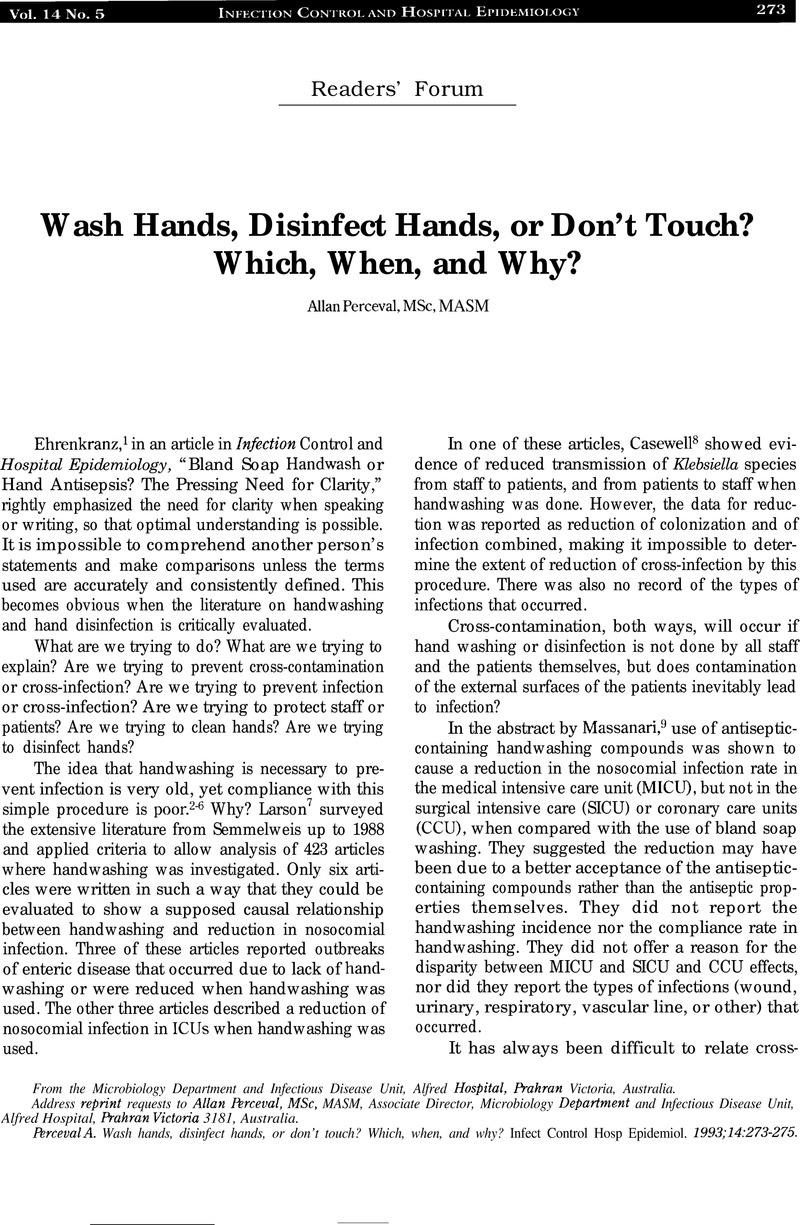Crossref Citations
This article has been cited by the following publications. This list is generated based on data provided by Crossref.
Bryan, Jacalyn L.
Cohran, Jackie
and
Larson, Elaine L.
1995.
Hand Washing: A Ritual Revisited.
Critical Care Nursing Clinics of North America,
Vol. 7,
Issue. 4,
p.
617.
Hattula, Joy L.
and
Stevens, Patricia E.
1997.
A Descriptive Study of the Handwashing Environment in a Long-Term Care Facility.
Clinical Nursing Research,
Vol. 6,
Issue. 4,
p.
363.





